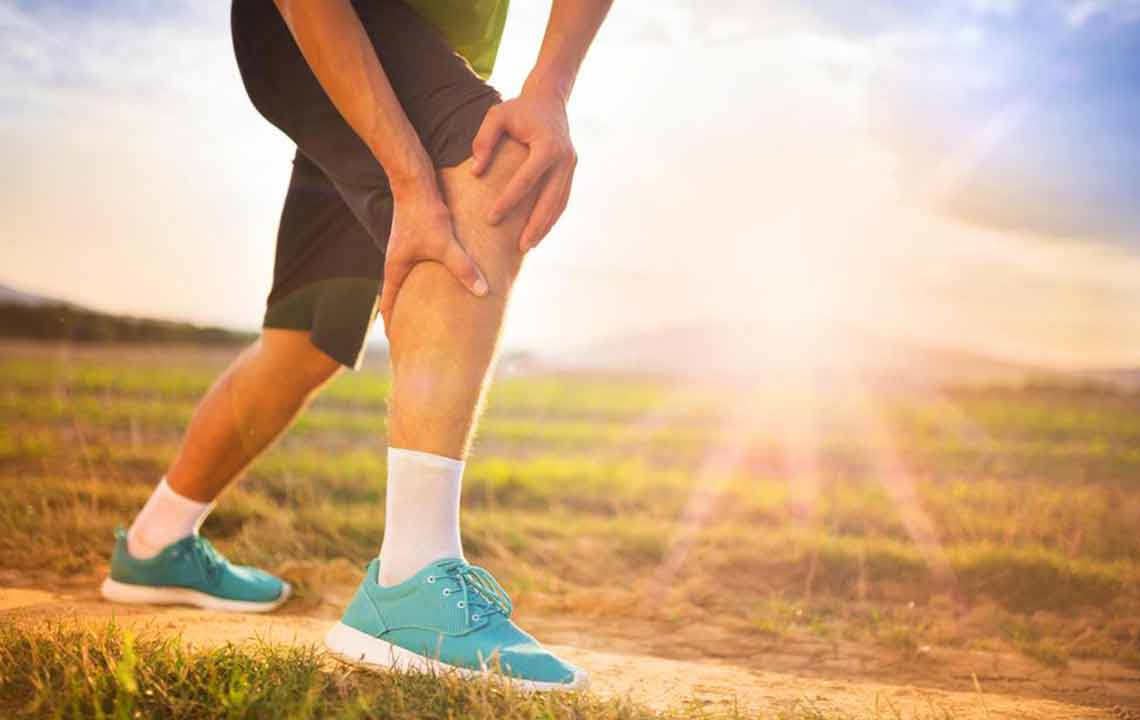Understanding the common causes of knee pain
Almost everyone experiences knee pain at some point in their lives. What’s more, there are a number of causes of knee pain, making the exact cause difficult to pin down. They can be sports, exercise, or even other activities that cause muscle strains, tendinitis, and other serious injuries.
There can be several reasons behind these knee aches. Read further to understand the different causes of knee pain.
Knee cartilage tear
Sometimes, the cartilage on the knee behind the kneecap can also suffer from tears and other injuries, leading to knee pain.

Arthritis
This is the most common causes of knee pain which can be severe and also sometimes cause disability. It is more common for people aged 50 years or older but sometimes can also occur in children. Arthritis is not just one disease or condition but refers to almost 100 types of conditions, all of which cause the degeneration of joints. Amongst the different types of arthritis, the most common type is Osteoarthritis. This occurs when the cartilage between the bones wears away, and the bones start rubbing against each other. This causes pain, stiffness, and also swelling in the knees. It may also become hard for you to bend your knee. Osteoarthritis is caused due to several reasons, some of which include age, weight, genetics, infections, etc. The problem with this is that there are no non-surgical treatments for osteoarthritis as it keeps getting worse as time passes. Rheumatoid arthritis is another form of arthritis where the tissues around the joint in your knee become thickened and inflamed. A chronic inflammation in the knee because of this may cause damage and also a loss of the cartilage. Post-traumatic arthritis occurs after you have suffered a knee injury which can include both ligament tear and bone fracture. This can damage the knee over time and cause stiffness and swelling and becomes a cause of knee pain.
Knee ligament injury
Your thigh bones are connected to your lower leg bones with the help of ligaments. They help in keeping your legs stable and hold all the bones together. A sprain or tear in the knee ligament is a common reason why knee pains occur. This generally happens when playing sports. There are three ligaments in the knee and an injury to any of these could lead to severe knee pain and can also need surgery.
Bursitis
Bursa is a sac that holds fluid under your skin right above your knee joint and helps prevent friction when the joint moves. Falls, overuse, and repeated kneeling and bending can irritate this sac which leads to pain and swelling.
Dislocated Kneecap
Sometimes, due to a sudden impact or injury, the kneecap can become dislocated, i.e. slide out of position. This can cause pain and swelling.
IT (Iliotibial) Band Syndrome
Iliotibial is a tough tissue that runs from your hip to the outer part of your knee. If you are overworking or putting a lot of pressure on your legs during an activity, this tissue can get swollen and also become inflamed over time. This can lead to pain in the outer region of your knee. This is common amongst runners and occurs when they run downhill.
Loose cartilage
Sometimes, a knee injury can cause a piece of the cartilage to break off. These broken pieces can get lodged in your joint and this is one of the causes of knee pain and swelling. This can be noticed when there is a ‘catching’ sensation in your joint when you are doing an activity.
Osgood-Schlatter disease
This condition is common in children when their bones are still changing and developing. The disease causes a painful bump on the underside of the knee where a tendon connects the knee cap to the shin. This area can become even more agitated with over exercise and pain in the bottom of the knee. This pain can come and go over time and is most common in teenagers.
Patellar Tendinitis
An inflammation of the tendon connecting your knee bone to the shin is called Patellar Tendinitis and it’s the result of overdoing exercise. This condition is also called ‘jumper’s knee’ as repetitive jumping is what causes this condition.
Patellofemoral pain syndrome
This condition is caused due to tightness, muscle imbalance, and alignment problems in the legs. This can lead to knee buckling, where your knee is suddenly unable to bear your weight and in turn, causes knee pain. This condition is more common in males than in females.
The knee pain may be as severe and could hinder your daily activities. It could also occur at short intervals or cause mild pain for extended periods. Either way, knee pain must not be left untreated. If you experience any of the types of pains mentioned above, then make sure that you consult with your doctor to cure your knee pain as soon as possible.




